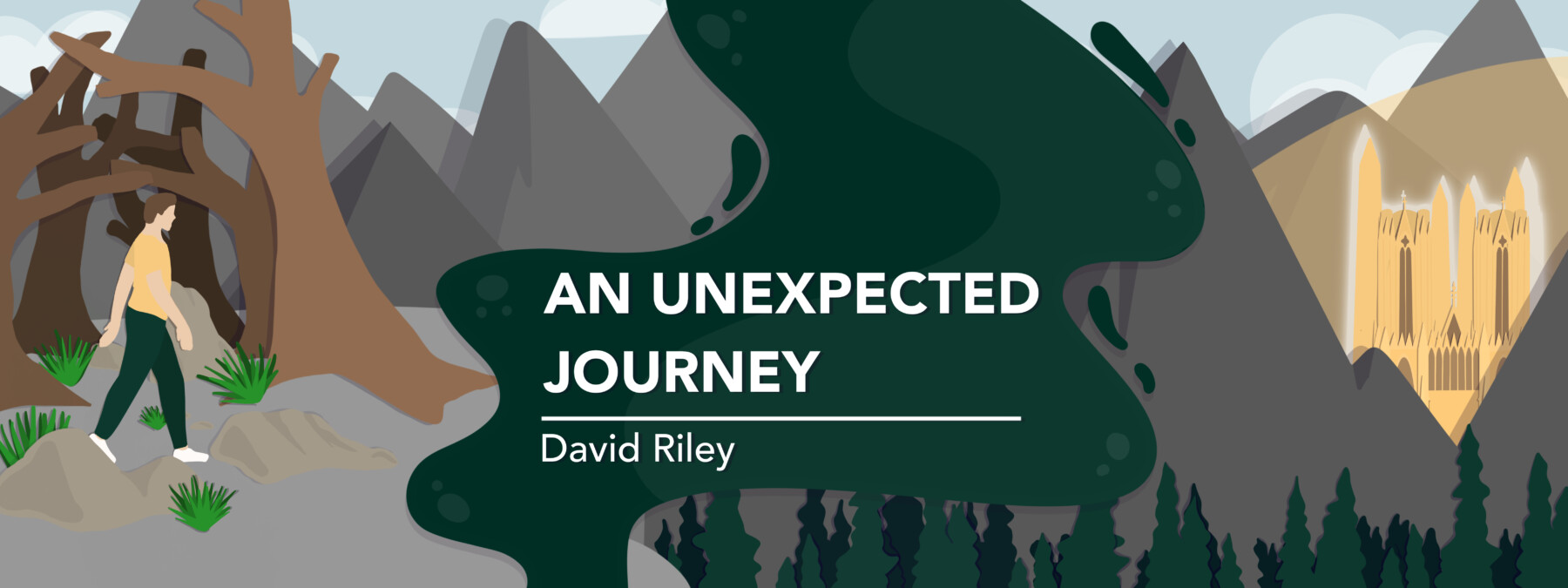Gaining knowledge can be a life-affirming balm when living with FA
A hymn writer's life has helped me see my challenges and how I overcome them

If you’re unfamiliar with Fanny Crosby, allow me to introduce you to one of the greatest poets America has known. After singing one of her great hymns one Sunday as I worshiped at my local church, I later recollected the words and recognized their affinity to this column, “An Unexpected Journey,” and my life with Friedreich’s ataxia (FA).
The song is “All the Way My Savior Leads Me,” and the second verse is most notable:
“All the way my Savior leads me
Cheers each winding path I tread,
Gives me grace for ev’ry trial,
Feeds me with the living bread.
Though my weary steps may falter
And my soul athirst may be,
Gushing from the rock before me,
Lo! A spring of joy I see;
Gushing from the rock before me,
Lo! A spring of joy I see.”
Crosby is using the journey metaphor, popular in the Bible and elsewhere, and includes a lot of biblical imagery. And so I thought it appropriate to read her autobiography, “Fanny Crosby’s Life Story” (1903), and point out here how she overcame challenges — just as we living with FA must do.
A snapshot of the life of Fanny Crosby
Frances Jane Crosby (1820-1915), known as Fanny, was born in Brewster, New York, from a traditional Puritan heritage; in fact, she could trace her roots to the Pilgrims and Plymouth, Massachusetts. But one of the most notable things about Crosby is that she was blind since infancy.
It can be hard to imagine what life would’ve been like for a blind person before the widespread use of Braille, or a disabled person before government-mandated accommodations.
For Crosby, that life looked like memorizing the Pentateuch and four Gospels before she was 10 years old, with the guidance and care of her grandparents. Before age 15, her life looked like this passage from “Life Story”: “So, night after night again, drearily, weeping because I could not drink of the waters that I knew were surging all around me … ‘Dear God, please give me light,’ was my prayer day by day. I did not mean physical light — but mental!”
And finally, for a blind young woman, life in the early 1800s looked like an experimental school for the blind, into which she was invited. That school was the New York Institution for the Blind, now the New York Institute for Special Education.
Living with FA and the light of knowledge
Living with FA has made me feel as if Crosby and I are kindred spirits, in a way. Just as her blindness threatened to keep her at a distance from the world, the symptoms I’ve faced have sometimes kept me separate from much of what life offers.
I live at the base of the Blue Ridge Mountains, but I’ll never be able to climb them, look down to the Shenandoah Valley and back up to the expanse of the Appalachians on the other side. I won’t experience, after the perspiration of a hard climb, a confrontation with the overwhelming beauty of God’s marvelous works, contrasted with my own finitude.
Of all the remarkable things I want to record here after reading Crosby’s “Life Story,” I’m most intrigued and impressed by her deep longing for the light of education, which she expressed at such a young age.
I was never led to a tear-filled longing for education, but then again, I’m not blind; nor was I raised as a Puritan before the age of instant gratification, entertainment at the fingertips, and clicks away from almost anything or anyone.
But for me, the desire for knowledge eventually came and continues, and I sustain it through reading, primarily historical nonfiction and especially biographies. The company I keep in my home is second to none. If I want a conversation about Jonathan Edwards with one of America’s premier religious historians, I pick up George M. Marsden’s biography and become the attentive reader.
If I need more insight into some underlying ideas affecting the world today and causing tension, I ask Carl R. Trueman by picking up his book “The Rise and Triumph of the Modern Self.” And if I want to know and understand Fanny Crosby, I just grab her autobiography. I can converse with and learn from some of the greatest men and women in history simply by reading their work.
That helps me better understand the expansive reality of humanity throughout history by climbing that mountain and looking out. I even get a better grasp of myself in the process. Knowing the world I live in and knowing myself are essential for me in pursuing all of my endeavors.
And as Fanny Crosby knew so well, a life without knowledge is true blindness.
Note: Friedreich’s Ataxia News is strictly a news and information website about the disease. It does not provide medical advice, diagnosis, or treatment. This content is not intended to be a substitute for professional medical advice, diagnosis, or treatment. Always seek the advice of your physician or another qualified health provider with any questions you may have regarding a medical condition. Never disregard professional medical advice or delay in seeking it because of something you have read on this website. The opinions expressed in this column are not those of Friedreich’s Ataxia News or its parent company, Bionews, and are intended to spark discussion about issues pertaining to Friedreich’s ataxia.









Comments